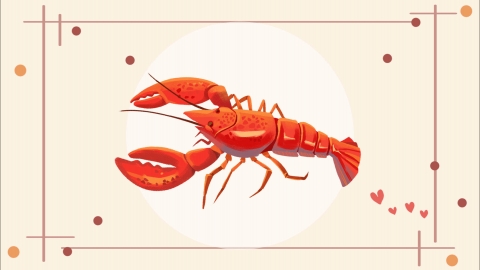Can the yellow substance in the head of a crawfish be eaten?
Generally, the yellow substance in the head of a crawfish can be consumed in small quantities provided the crawfish comes from a safe source, is thoroughly cooked, and properly cleaned. However, if its source is unknown, if it is improperly handled, or if an individual has a sensitive digestive system, consumption is not recommended. Detailed explanations are as follows:

If the crawfish comes from a reputable source, was raised in a compliant and unpolluted environment, and had its head sac and intestinal tract removed before cooking, the yellow substance in the head—mainly composed of roe and hepatopancreas—can be consumed in small amounts. It contains a certain amount of protein and nutrients. However, consumption should be moderated, as excessive intake of hepatopancreas, which is high in fat, may burden digestion.
If the crawfish's origin is unknown, it may have been raised in an environment contaminated with heavy metals or other pollutants. The head, being a detoxifying organ, may accumulate harmful substances, which cannot be completely eliminated even after cooking. Additionally, if the head is not thoroughly cleaned before cooking, residual dirt and bacteria may adhere to the yellow substance, potentially causing gastrointestinal discomfort or even food poisoning after consumption. In such cases, the yellow substance in the head should absolutely not be eaten.
When consuming crawfish, choose live, fresh specimens and ensure they are fully cooked; avoid eating raw or undercooked crawfish. If symptoms such as abdominal pain, diarrhea, or vomiting occur after consumption, stop eating immediately and seek medical attention promptly—do not delay treatment unnecessarily.






